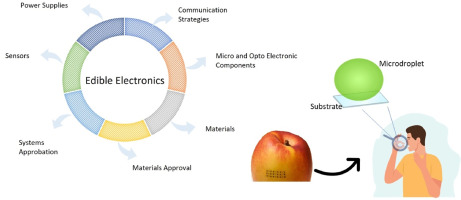

Tapping into Earth’s Rotation: A Fresh Horizon in Clean Energy
In the relentless pursuit of sustainable and carbon-neutral energy alternatives, researchers have persistently investigated the possibility of utilizing the Earth’s inherent forces. A revolutionary experiment by physicists at Princeton University has now unveiled an innovative approach to passive electricity generation—leveraging the Earth’s own rotation through its magnetic field.
This cutting-edge research, recently released in Physical Review Research, represents a crucial achievement in the domain of clean energy. For the first time, scientists have successfully produced a measurable electric current solely by harnessing the rotational energy of the Earth, without employing any moving components or external energy sources.
The Science Behind the Breakthrough
The foundation of this advancement lies within electromagnetic principles. According to Faraday’s Law of Induction, a conductor traversing a magnetic field should create an electric current. While this idea has been well established since the 1800s, attempts to utilize it with the Earth’s rotation and magnetic field have traditionally stumbled—until now.
In 2016, physicist Christopher Chyba and his team at Princeton proposed a theoretical framework indicating that under particular conditions, passive electricity generation from Earth’s rotation might be viable. Expanding on this theory, the team devised a device to empirically test their assertion.
The Experimental Framework
The setup used for the experiment comprised a cylindrical shell crafted from manganese-zinc ferrite, a substance recognized for its magnetic attributes. This shell was precisely aligned with the Earth’s magnetic field and permitted to rotate alongside the planet.
Due to the distinctive shape and magnetic features of the ferrite shell, electrons within the material could not entirely neutralize the electric force produced by the Earth’s rotation. This disparity led to the generation of a slight yet steady voltage—around 17 microvolts—and a detectable electric current.
Though the quantity of energy produced is minimal and not yet practical for daily usage, the importance lies in the validation of the concept. This exemplifies electricity generation in its most passive form, needing no fuel, no mechanical movement other than the Earth’s natural spin, and no external energy contribution.
Verifying the Findings
To confirm their observations, the researchers replicated the experiment in a second, uncontrolled environment. The results were consistent, with the identical voltage signal manifesting. Furthermore, the team enforced stringent controls to eliminate possible sources of interference, such as thermal variations and ambient electromagnetic noise.
These measures ensured that the recorded electrical output was indeed a consequence of the Earth’s rotation interacting with its magnetic field, rather than a byproduct of environmental conditions.
Future Implications
This discovery paves the way for thrilling new avenues in clean energy technology. Although the current output remains insufficient for practical use, the experiment substantiates that it is feasible to passively generate electricity from the Earth’s rotation. With ongoing research and development, scaling up the technology or enhancing materials and design to boost efficiency may be achievable.
Prospective future applications could encompass:
– Ultra-low-power sensors and devices capable of functioning indefinitely without batteries.
– Remote monitoring systems in inaccessible regions.
– Auxiliary power sources for satellites or space probes utilizing planetary magnetic fields.
Additionally, since this method of electricity generation emits no pollutants and requires no fuel, it offers a genuinely carbon-negative energy solution—an increasingly essential objective in the battle against climate change.
Conclusion
The success of the Princeton team in generating passive electricity from the Earth’s rotation signifies a pivotal moment in clean energy exploration. Although still in its early stages, this technology could eventually play a role in fostering a more sustainable and energy-efficient future. As researchers persist in exploring the unexploited potential of our planet’s natural forces, innovations like this serve as a reminder that often, the solutions to our most significant challenges lie right beneath our feet—and all around us.